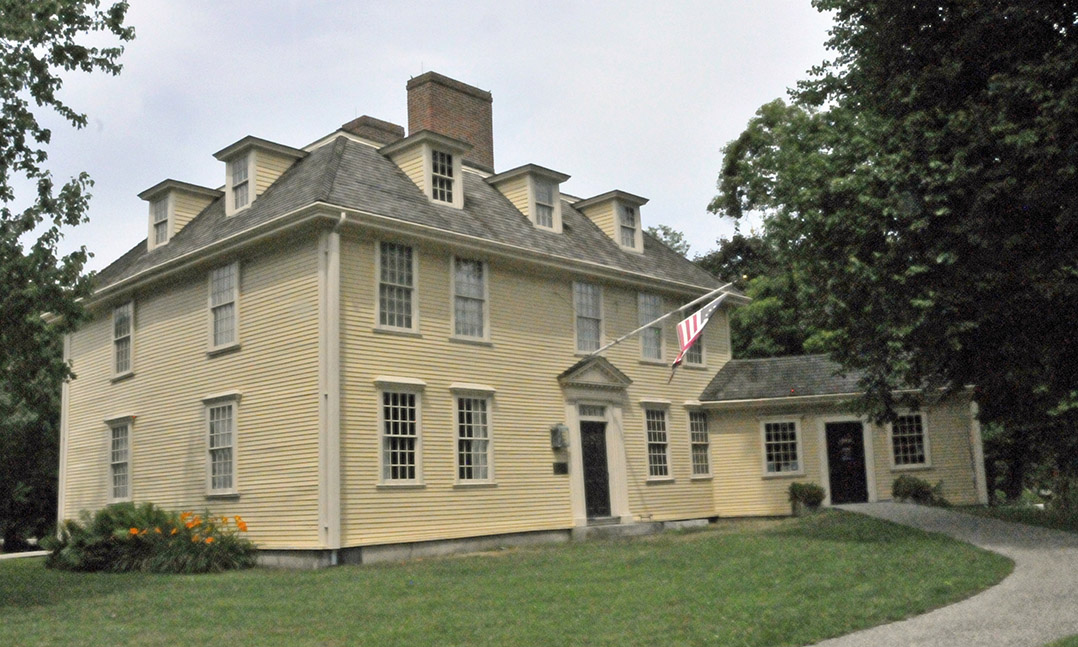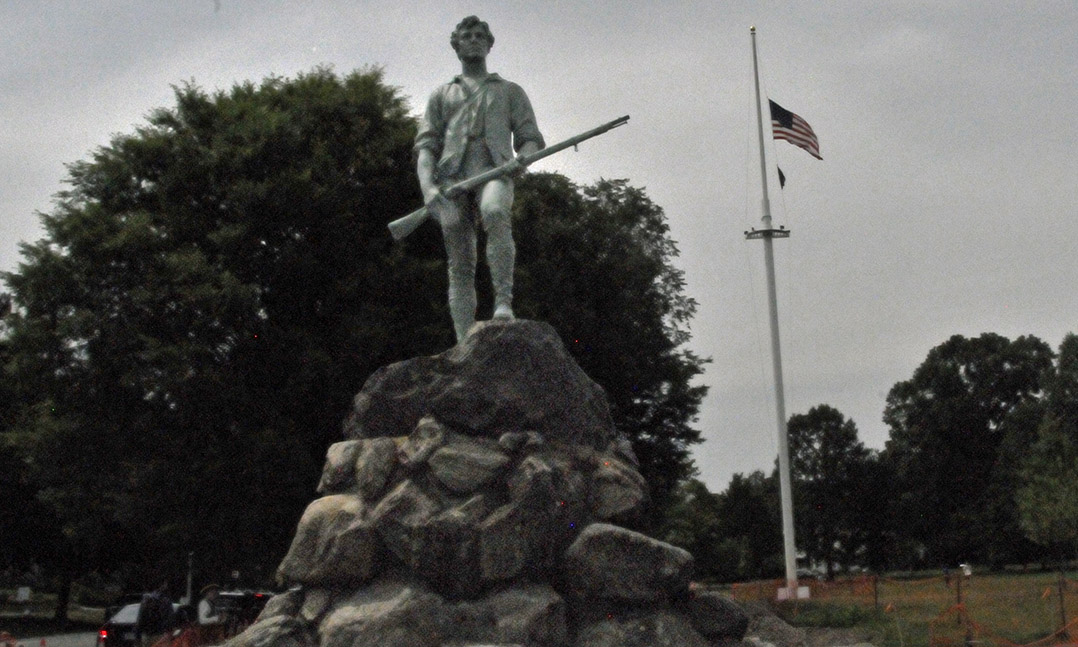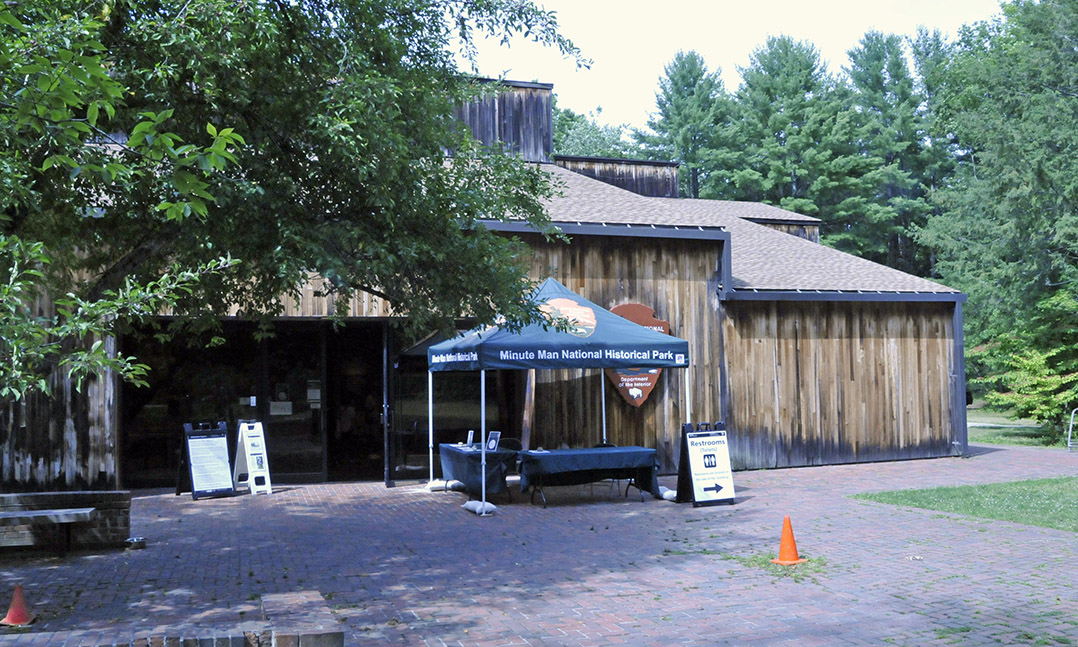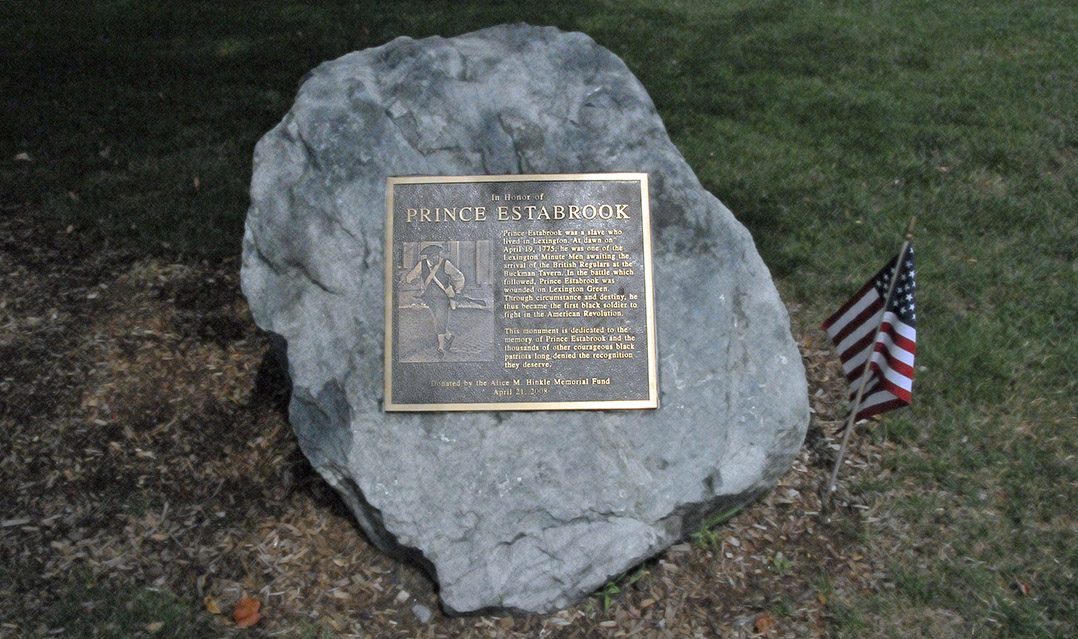As we return from Cape Cod, we stop at Lexington and Concord, Mass., sites of the first battles of the American Revolution.
During the French and Indian War, the Massachusetts colonial militia, fighting alongside the British, obtained a supply of arms. At war’s end, it stashed the remaining weapons in Concord. On the evening of April 18, 1775, 700 British soldiers left Boston for Concord, seeking to eliminate the threat the weapons, which Britain also claimed to own, posed to them. Paul Revere and William Dawes then set out separately on horseback to warn the militia “the British are coming.” At 5 a.m. on April 19, a contingent of British troops arrived in Lexington, where 77 militiamen, assembled at Buckman Tavern, came out and stood along Lexington Green. After someone, perhaps inadvertently, pulled a trigger, the British opened fire, killing eight militiamen and wounding nine, including Prince Eastabrook, a slave. The British forces continued the 7 miles to Concord, where they found most of the arms already moved. Encountering a large militia force at Concord’s North Bridge, the “Redcoats” retreated toward Boston. About 2,000 armed militiamen pursued them for 18 miles, shooting from behind trees and walls. Before the British troops reached safety, 73 had been killed and 174 wounded. The Massachusetts militia suffered 90 casualties. The American Revolution had begun.
Today, a famous statue on Lexington Green honors the Lexington militia, including the so-called “Minutemen,” prepared to fight on a minute’s notice. Across the street is Buckman Tavern, now a museum, and a marker remembering Eastabrook. An obelisk erected in 1836 at the site of Concord’s North Bridge was dedicated with a reading of Ralph Waldo Emerson’s poem celebrating the “embattled farmers” “who fired the shot heard ‘round the world.” The nearby Minute Man National Historic Park features an animated retelling of that event.








